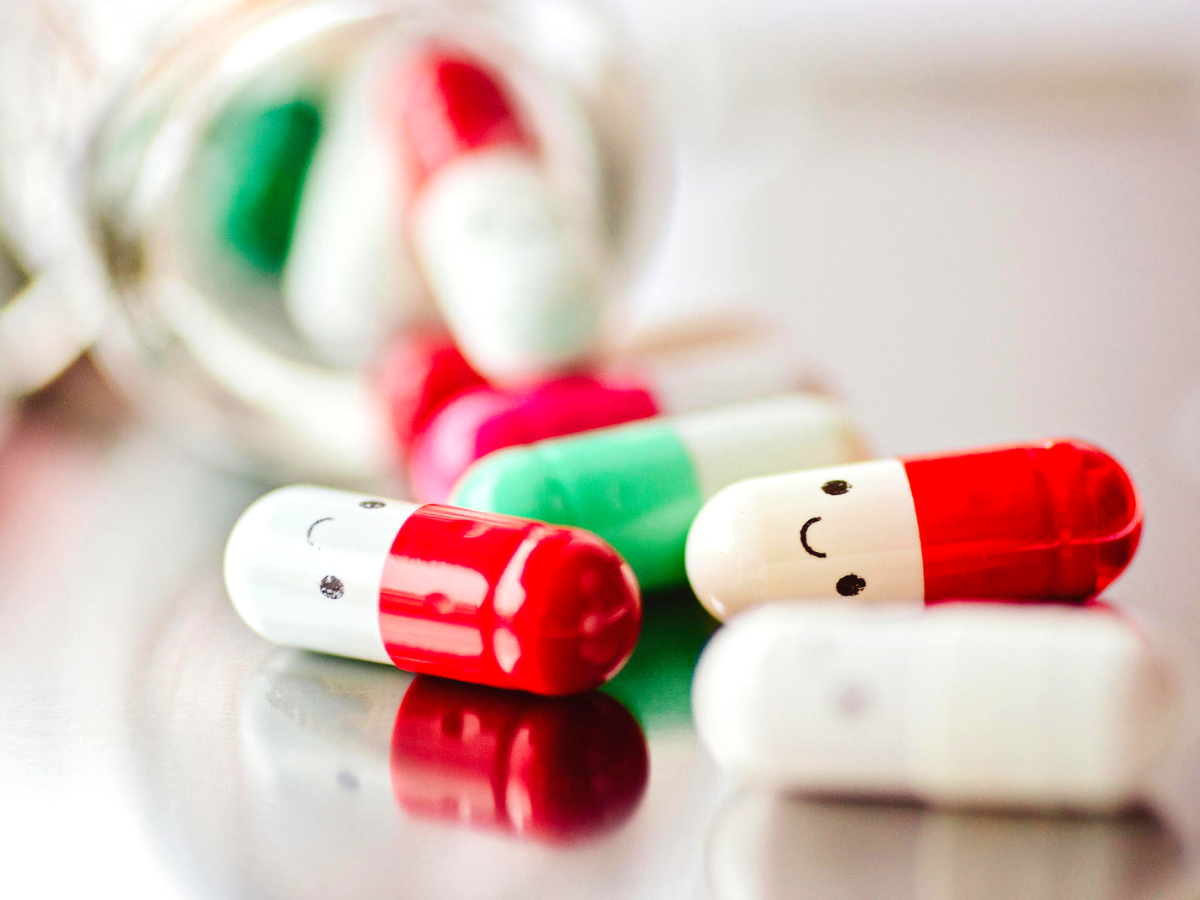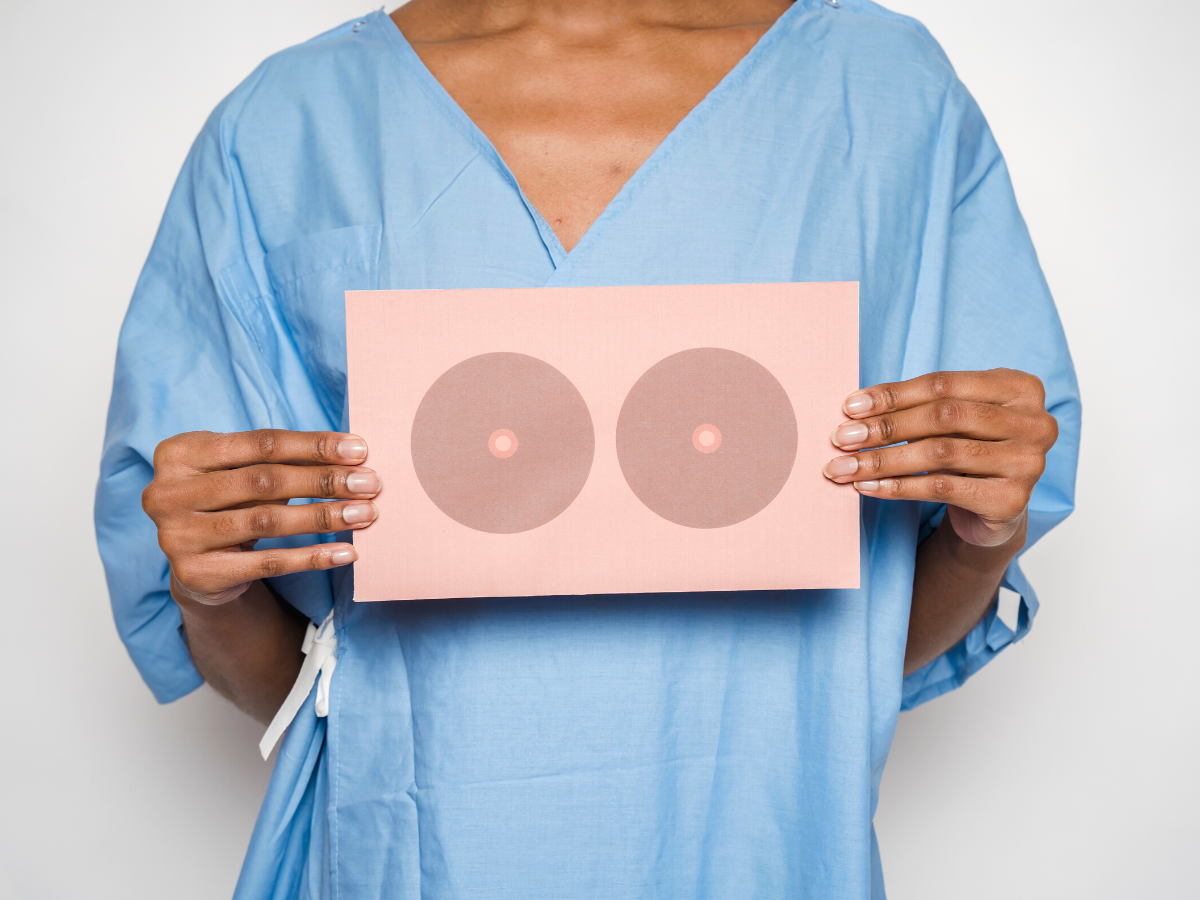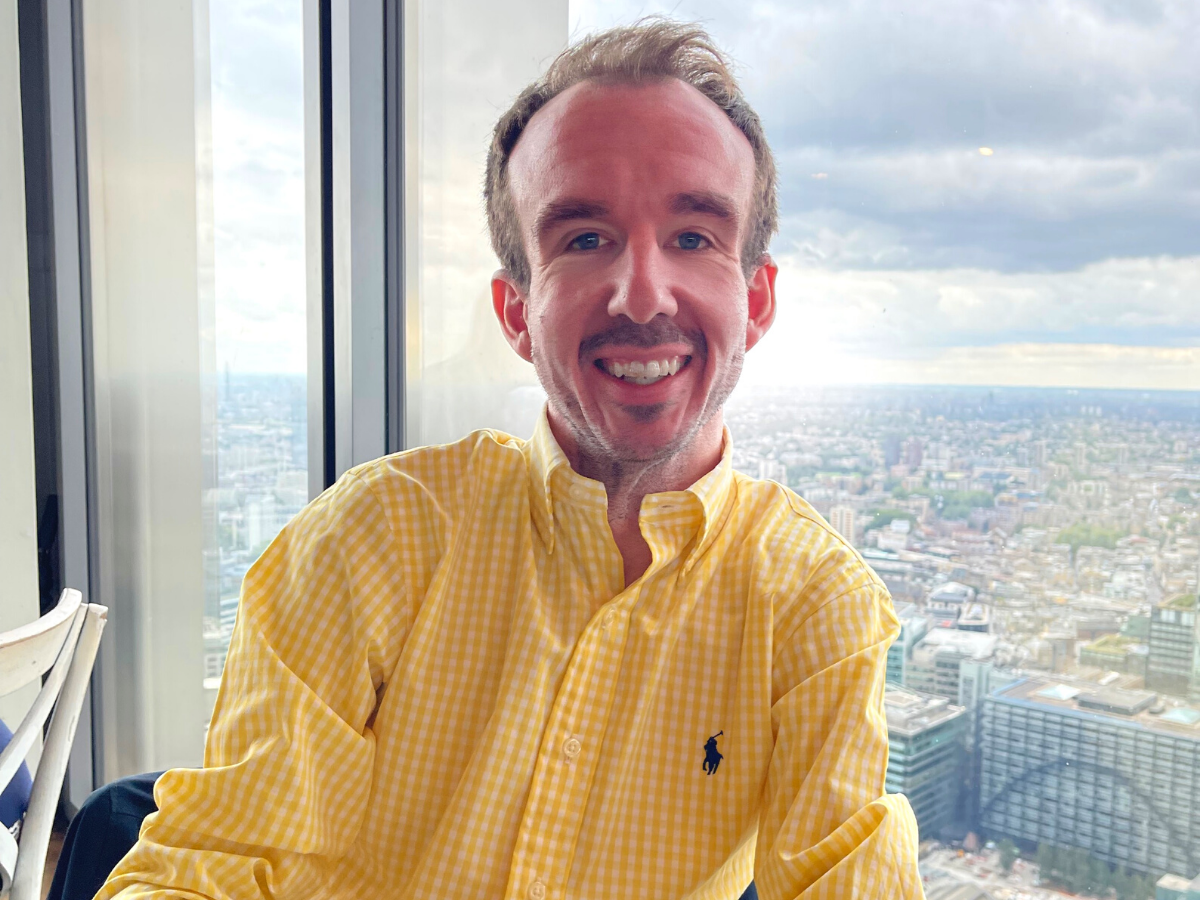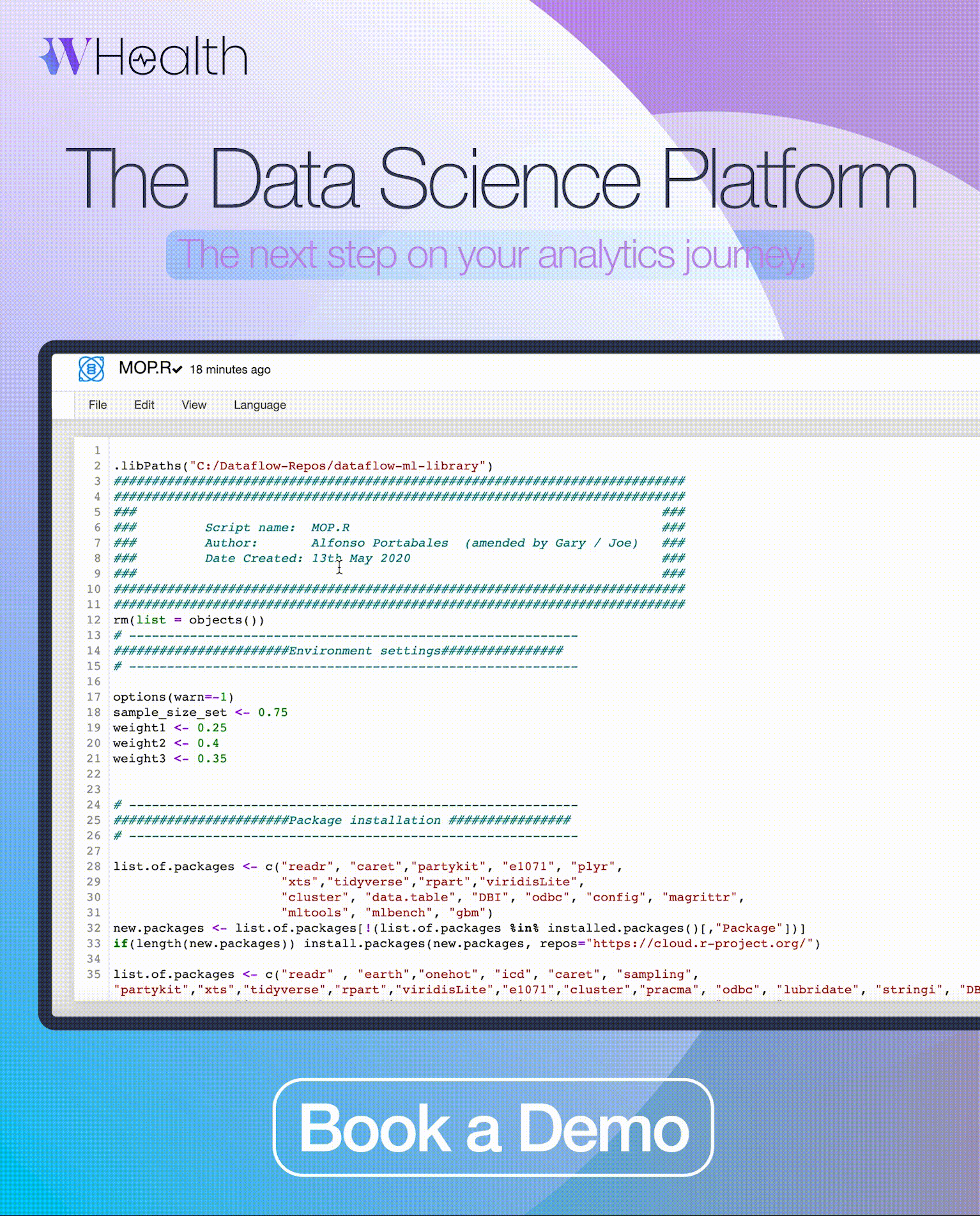The diagnostic odyssey – the journey people with rare diseases must undertake in order to receive a correct diagnosis – is almost always a long one. Receiving the correct rare disease diagnosis takes an average of 5.6 years, eight clinicians (including four specialists), and three misdiagnoses. For David, the timeline was longer still; he didn’t receive a correct diagnosis of Occipital Horn Syndrome (OHS) until the age of 26.
Having been diagnosed with Ehlers-Danlos Syndrome (EDS) when he was 3, David was able to make sense of most of his symptoms and receive appropriate treatment, but some things didn’t quite line up.
At university, his experience began to diverge from what was expected with EDS. He was even more fatigued than usual, symptoms began to flare up, and he struggled to focus on his studies. The diagnosis of EDS no longer fitted his changing body, prompting his doctors to run gene sequences that finally led to the accurate diagnosis of OHS.
OHS is an X-linked recessive gene (passed on from the mother’s side) but, without any apparent presence in his family, there had been little to suggest David had anything with a genetic cause. Getting an accurate diagnosis can be an incredible milestone in people’s lives, but for David it was an adjustment more than a revelation.
Life with a rare disease
‘My symptoms go in cycles. I might be okay (by my standards) for a couple of years, then feel awful for five years, then have a year where it’s good – you never really know how to predict it.’
Outside of the rare disease space, people tend to forget that your health is so much more than just your physical health, it’s all the impacts that it has on the rest of your life too. ‘Although I have this ultra-rare condition, I still have the major life hurdles and milestones that other people do. Whether you’re healthy or not healthy, the competitive nature of society puts pressure on you to achieve all of these milestones – go to university, buy a house, get married, have kids – that are completely made up.’ Pressure to meet those imaginary (and increasingly difficult to reach) milestones weighs heavy, especially for those with health conditions. The pressure to tick those boxes led David to burn out:
‘I was depressed and frustrated about being ill all the time, and I just think my body just said “ that’s it, you need to have a break.” Looking back at it now I probably didn’t realise how depressed I was – I was always a typical man and didn’t really talk about my mental health.’
That break was much needed, and the chance to reevaluate led David to work in the rare disease space. He’s now been working as a rare disease advocate for 8 years and, although he feels isolated with his disease, he feels incredibly connected to the community around the world.
The rare disease community
David was selected to take part in Takeda’s “I am number 17” campaign alongside 16 other people in the UK representing different rare conditions. The name stems from the surprising fact that 1 in 17 of us will be diagnosed with a rare disease at some point in our lifetimes. #IAmNumber17 is used to encourage people to share their rare disease experience and help grow the community – and its support – across social media.
That’s just the tip of the iceberg when it comes to David’s advocacy work – he volunteers at GOSH, is a trustee for a charity focused on the type of catheter he uses (which is also rare), and is joining Eleven Health as Rare Disease Patient Lead. He is also a Business Development Associate at Rare Revolution Magazine where he works with clients to share their journeys and raise their profiles through communication strategies. David has been working from home since before it was cool, and navigating the world of work and education with a rare or ultra-rare disease is one of his areas of expertise:
‘I struggle with fatigue – even more so because the side effects of my medications include fatigue – and that’s a nightmare at work. Fatigue is a lot more than just tiredness and it means that standing up for a long time in retail or staring at a screen in an office isn’t as easy as you’d think. Home working is massively more accessible.’
‘I’m doing this interview from my home, on my comfy furniture, with my heated blanket to help manage my pain. These little things might sound like they wouldn’t make an enormous difference to my health, but they make everything just slightly more doable than in an office environment.’
The shift to remote work and virtual events that occurred during the pandemic has enabled the rare disease community to be more connected than ever. ‘People have realised that the world is vast, but through digital innovation, it’s actually a lot smaller.’
The future of rare disease research
David doesn’t envisage there will be much research progress in OHS given its rareness – he is the only person with OHS in the UK – but he’s hopeful for the direction rare disease research is moving in:
‘I’ve noticed lots of companies are now really trying to work with patients and actively involve them in clinical trial designs and research. From my experience, people with unusual conditions are absolutely desperate to be involved in research. Gaining patient opinions and putting patients genuinely at the centre of innovation is really important; by involving us, companies will see that, though we may share the same disease, we’re all different.’
In terms of how technology can help, David noted that people already track a lot of things such as their steps and sleep scores on their smartphones or personal wearable devices, the next step will be sharing that data in a way that allows for wider research and wider-reaching patient benefit. Tools such as remote monitoring tech and wearables are the next step in the evolution of existing supportive technologies.
Rare disease education
Members of the public often have a basic understanding of common diseases, but when you have a rare disease you often have to educate those around you about your condition – be that friends, co-workers, or even healthcare providers. This is especially the case when you have an ultra-rare disease.
‘Growing up I’d get asked “can we bring in medical students?” which I’ve always been very open to. Whether you’re a medical student or you’ve been studying medicine for years, I think to really understand how a condition affects someone, you need to see them in person.’
Medical staff may not get many opportunities – if any – to see these ultra-rare conditions during their careers, so David has always been an ‘open book’ about his condition to increase knowledge among medical professionals. It’s just one of the many ways he works to give back to the rare disease community.
However, advocating for yourself isn’t always easy. ‘If I’m in a different place where I’m not known at hospital, it’s a nightmare explaining my condition when I can barely string a sentence together.’ If you have a chronic condition, David recommends carrying a single page of information about your condition or even a card in your wallet so that you’re never stuck without it in an emergency.
Invisible condition awareness
Having a chronic condition can be tough, whether it’s rare or not. One thing that makes chronic conditions even more difficult to manage is the automatic assumption that someone is able-bodied unless there is a clear physical cue to the contrary:
‘I would call my condition both visible and invisible. My body is noticeably different, but I feel like society’s perception is quite strange. If I’m using a blue badge on a car or sitting in a disabled seat on public transport, lots of people look at me and say “why are you sitting there?” It happens less on days I’m using a stick because that makes it clear I need the seat, but that makes it clear that there is a lot of work to be done on invisible condition awareness.’
These challenges can also be more subtle. Like many people with chronic conditions, David’s health fluctuates. Bad days can be unexpected and sudden, leading to him cancelling plans last minute or not replying to messages for a few days because he needs time to rest. Improved invisible condition awareness is not only for the benefit of those who have these conditions – gaining a better understanding can help us all be better friends, co-workers, siblings, parents, children, or even just acquaintances.
With 1 in 17 people experiencing a rare disease, it’s likely you know – or will know – someone living with a rare disease that you might not be aware of. Taking time to understand why someone might be cancelling plans or considering that that young man may indeed need that seat on the train are small steps everyone can take, and they may make a massive difference.
Recommended for you

Antidepressant Prescribing at Six-Year High
More people are taking antidepressants than ever. Is this a dark sign of the times or an indication that mental health stigma is changing?

Can AI be Used to Determine Cancer Recurrence?
When cancer patients go into remission, they often worry about it coming back. AI can now help identify those at risk of cancer recurrence.

Pegasus – Still a Threat to the UK?
The notorious Pegasus spyware has been misused to exploit vulnerabilities in devices, even those kept within the walls of Number 10.
Trending

Drug Decriminalisation: Could the UK Follow Portugal?
Portugal’s drug decriminalisation has reduced drug deaths and made people feel safe seeking support. Would the UK ever follow suit?

Calling All Unvaccinated UK Adults
With Covid cases rising, the NHS is urging the 3 million UK adults who remain unvaccinated to come forward.





